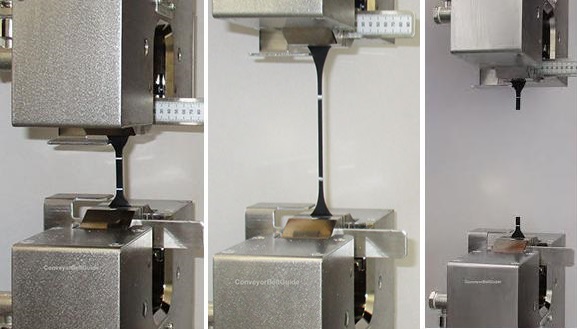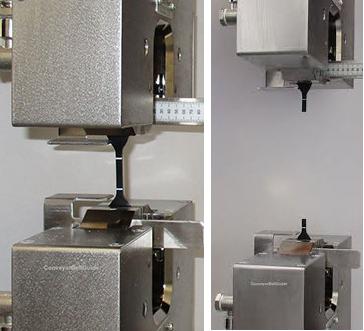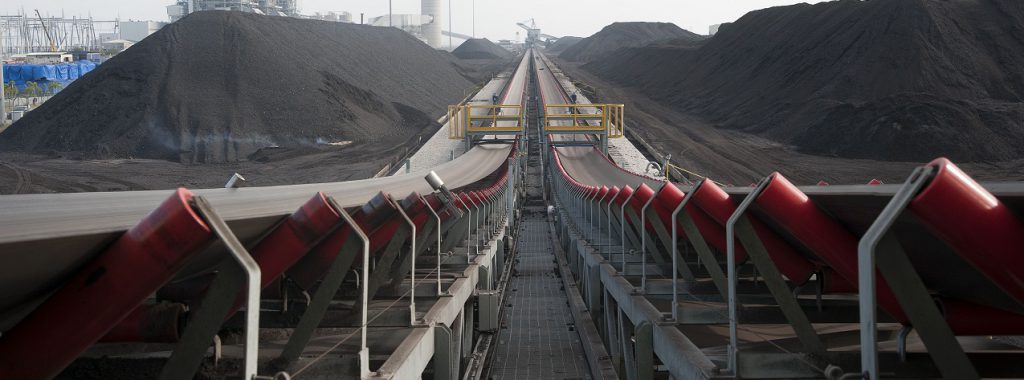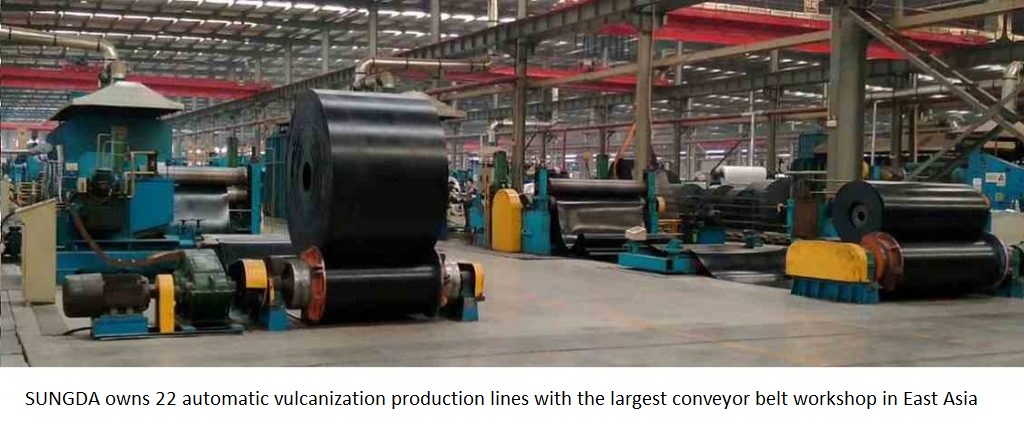Calculation and Analysis of Material Bending Resistance on Horizontal Conveyor Belt
Under the gravity of the conveyor belt and the material, the conveyor belt forms a sag between the support rollers. This sag line is closer to the catenary line. When the conveyor belt moves, the material periodically deforms on this curve. The characteristic of volume flow deformation is that the change of the center line of the conveyor belt can bear the pressure but not the pulling force. Further, when the material is deformed, the energy loss coefficient can be divided into two states: active stress and passive stress of the material. In order to calculate the bending resistance of the material, consider the following model, where materials of equal thickness are stacked on a flat conveyor belt, the cross-sectional height of the volume flow is d and the width is b, of course, it is practically impossible. The radius of curvature of the volume flow at the support of the idler is smaller than ρi. With the movement of the conveyor belt, the radius of curvature is infinite when moving to the bending turning point, and then moving forward, the radius of curvature gradually decreases to the lower of the conveyor belt. The bending radius of the point is ρ2.
The center of curvature of the curve at the turning point changes from a positive position to a negative position. In the middle of the two sets of idler supports, the material flow runs from the idler support to the lower point, and the volume flow section rotates, at this time, the material is in a passive stress state; the movement from the lower point to the idler support, the volume flow section It also has to rotate, at which time the material is under active stress. The calculation of the stress of the material has also been simplified. In the calculation, the relative movement between the materials and the influence of the opening and closing of the conveyor belt when passing through the idler are not considered. This result can only be used for qualitative analysis.

Tags: Rubber conveyor belt







